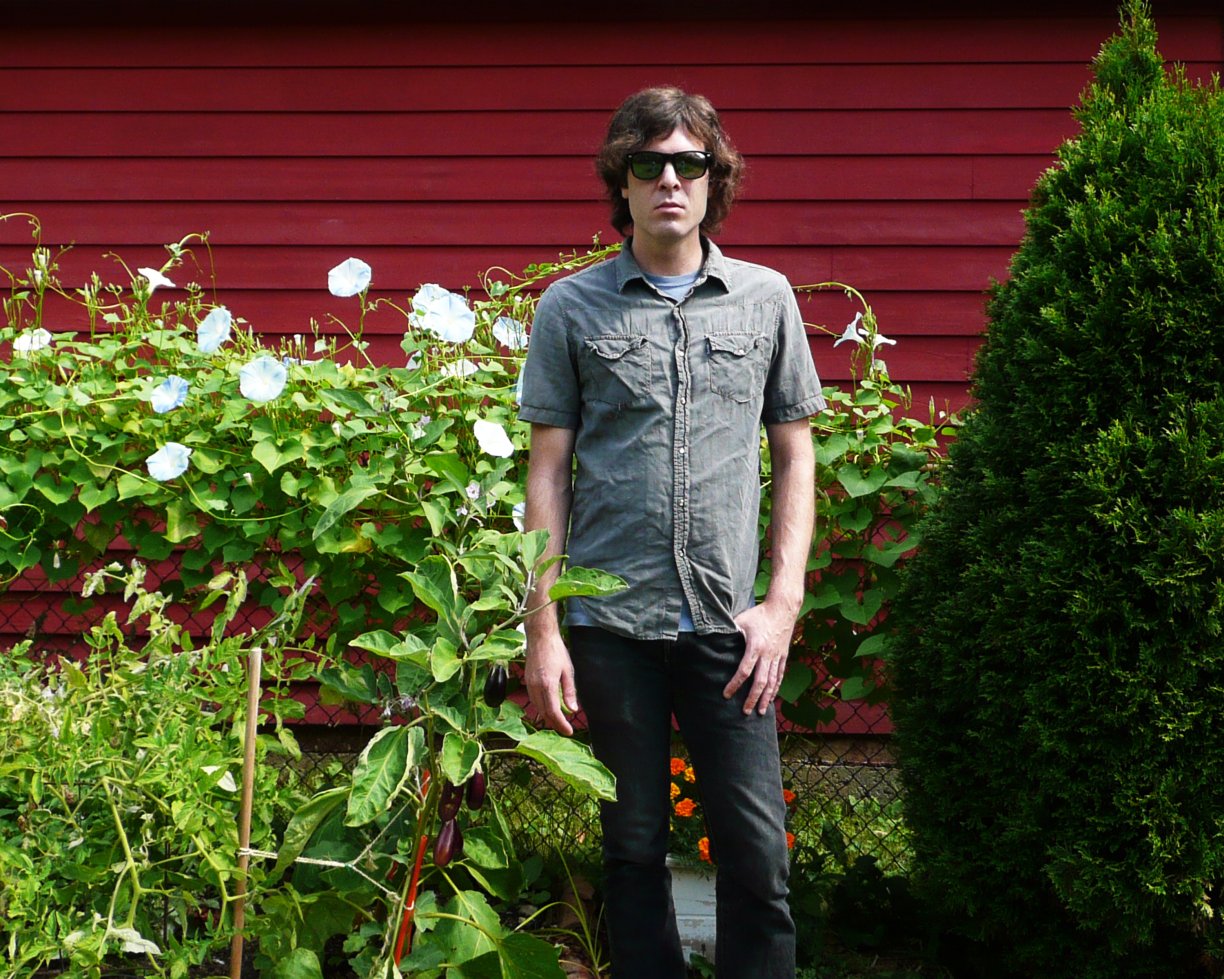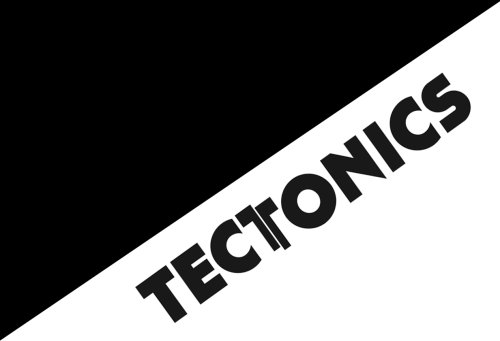Tectonics Festival New York 2015 opens at the First Unitarian Congregational Society in Brooklyn Heights with a program utilizing their pipe organ, built in 1900. The Austrian composer Klaus Lang is featured; a celebrated organist, he performs his triptych for the instrument, ABD. The renowned quartet Yarn/Wire perform Lang’s 2008 piano/percussion work the whitebearded man. the six frogs., as well as Annea Lockwood’s Immersion (1998) for marimba and tam-tams. Morton Feldman’s only work for solo organ, Principal Sound (1980) is performed by Australian composer and instrumentalist James Rushford. The night closes with a new commission for Tectonics NY: Standard Deviance One, a collaboration between Nate Young (Wolf Eyes) and Mario Diaz de Leon, based on material from the albums "Blinding Confusion" and "Stay Asleep" by Young's Regression project. Over five movements, the work explores Young's masterful sense of atmosphere and lucid dread, arranged and expanded for an ensemble of eight musicians.
Tectonics Festival continues with performances May 8th and 9th at Abrons Art Center. Founded in 2012 by conductor Ilan Volkov, Tectonics provides a rare forum for the critical consideration of new developments in contemporary composition, with explorations of improvisation, interdisciplinary collaboration, and experimental performance practice from an international array of emerging and established composers.
Program
Annea Lockwood: Immersion (1998)
Klaus Lang: the whitebearded man. the six frogs. (2008)
Performed by Yarn/Wire.
Morton Feldman: Principal Sound (1980)
Performed by James Rushford.
Klaus Lang: ABD
Performed by Klaus Lang.
Nate Young & Mario Diaz de Leon: Standard Deviance One (2015)
Performed by Chris McIntyre (trombone), James Rogers (bass trombone), James Rushford (viola), Maya Dunietz (piano), Yarn/Wire (percussion), Nate Young (electronics/voice), Mario Diaz de Leon (guitar).
* Newly commissioned for Tectonics Festival NY, by Nate Young, realized for ensemble by Mario Diaz de Leon.
Annea Lockwood (b. 1939) is a New Zealand born American composer known for her explorations of the rich world of natural acoustic sounds and environments, in works ranging from sound art and installations, through text-sound and performance art to concert music. Her music has been performed in many venues and festivals including MACBA Barcelona, De Ijsbreker, the Other Minds Festival-San Francisco, the Walker Art Center, the Whitney Museum, the Los Angeles County Museum, among many others. She was a recipient of the 2007 Henry Cowell Award. Her music has been issued on CD and online on the Lovely Music, Ambitus, EM, XI, Rattle, Lorelt, and Pogus labels.
Klaus Lang (b. 1971) is an Austrian composer, concert organist, and lecturer. Lang’s compositions span from solo works through chamber music pieces to orchestral compositions, with a special focus on opera (e.g., königin ök, die perser., fichten., BUCH ASCHE.). His opera Die Architektur des Regens (The Architecture of Rain) which is based on the Noh play Shiga by Zeami, was premiered at the Munich Biennale in 2008. In 2006 Lang was appointed Professor of composition at the University of Music and Performing Arts in Graz, Austria. He is the 2010 recipient of Styria’s Andrezj-Dobrowolski-Prize. He has written extensively on music theory.
Yarn/Wire is a Brooklyn-based chamber quartet specializing in the performance of 21st century music. A unique instrumental combination of two percussionists (Ian Antonio and Russell Greenberg) and two pianists (Laura Barger and Ning Yu) allows Yarn/Wire to interface with both traditional performance practice and emergent stylistic trends with ease. Founded in 2005 at Stony Brook University, the members of Yarn/Wire have extensive performance and pedagogic experience encompassing international and domestic music festivals, college and university residences, and substantive work in the avant-garde theater and DIY/punk worlds.
Morton Feldman (1926–1987) was an American composer, born in New York City. A major figure in 20th century music, Feldman was a pioneer of indeterminate music, a development associated with the experimental New York School of composers also including John Cage, Christian Wolff, and Earle Brown. Feldman's works are characterized by notational innovations which he developed to create his characteristic sound: rhythms which seem to be free and floating; pitch shadings which seem softly unfocused; a generally quiet and slowly evolving music; recurring asymmetric patterns.
“From the collection Organ Music from the USA, the title of [Principal Sound] is a pun on the organ principal registration, and was written during Feldman's last years and is (completely) notated on four staves for the organ's swell, principal, Rückpositiv and pedal. At the onset, we hear the "Principal Sound" motif in low pumping clusters with an electronic-like mid-range pulse – the internal pulses modulate the external sustain, a sound like that of some birds who are physically capable of complex calls made from sustained and beating tones. The passage ends in a sustained chord built from single notes also pulsing to more or less degree; higher and lower versions similar to that idea follow, but regular pulsing is combined with measures of irregular lengths, so a wonderful kind of floating asymmetry occurs. Feldman invents many surprising and fascinating versions of the initial idea throughout this approximately 18 1/2 minute work.” — ”Blue” Gene Tyranny
James Rushford (b. 1985) is a Los Angeles-based Australian composer, keyboardist, violist and improviser. His work is drawn from a familiarity with specific concrète, improvised, avant-garde and collagist languages. He has been commissioned by ensembles including BBC Scottish Symphony, Melbourne Symphony Orchestra, Ensemble Neon and has had work featured in the Melbourne International Arts Festival, Ultima Festival, Unsound Festival NY, and Tectonics Festival (Scotland), among others. Collaborators include Oren Ambarchi, Kassel Jaeger, Jon Rose, Golden Fur, Ned Collette, Graham Lambkin, Sophia Brous, Crys Cole, and Joe Talia.
Nate Young (b. 1977) is a Detroit-based American musician best known for his work in the group Wolf Eyes. Created by Young in 1998, the now-legendary noise group defined the genre. In the decade that followed, Wolf Eyes toured the world, released reams of records, collaborated with heavies, and generally enamored and influenced a generation. A skilled workbench electrician, Young has always involved hand-built devices and reconstituted consumer electronics in his practice. In 2007, his group Demons rediscovered vintage synthesizers as a means to create electronic compositions and led a resurgence of interest in synthesizer music. Now, as a solo artist and while playing in Stare Case (his blues duo with fellow Wolf Eyes musician John Olson), Young has refined his musical approach: bass, synthesizers, organic electronics and raw unfeigned vocals. Young’s solo music has been released by NNA Tapes, Tokyo’s Rockatansky Records, and iDEAL.
Mario Diaz de Leon (b. 1979) is a New York based-composer and performer. He has written a body of modern classical works focused on acoustic/electronic hybrids, often expressed as hypnotic walls and gestures of shimmering sound. Influences include the composers Scelsi and Ligeti, free improvisation, underground metal, a wide range of electronic music, and noise/industrial music. As a solo performer, he is active under the name Oneirogen (o-NI-ro-jen), known for its merging of ethereal synths, brutal distortion, and noise influences. He has released albums on the Tzadik, Denovali, and Shinkoyo labels, and received his doctorate in music composition from Columbia University in 2013.



